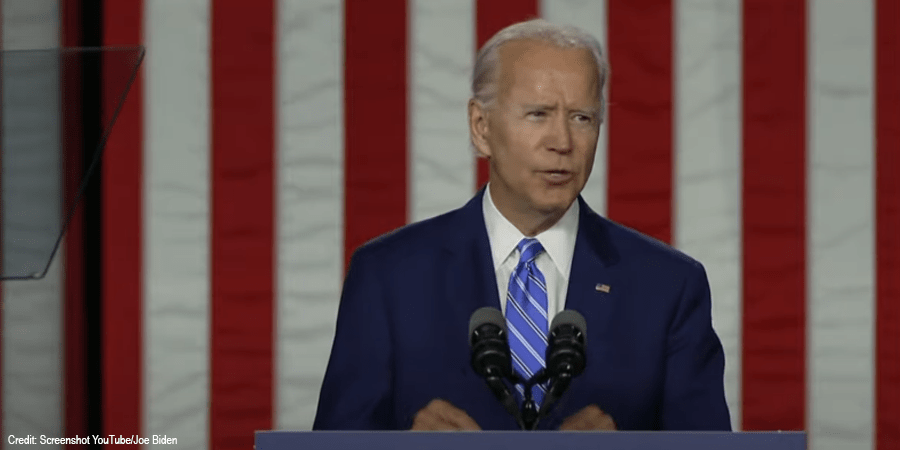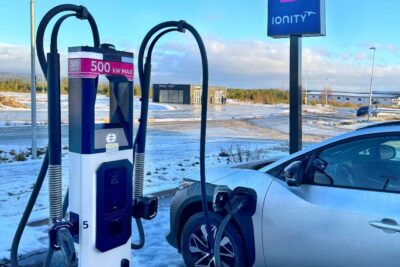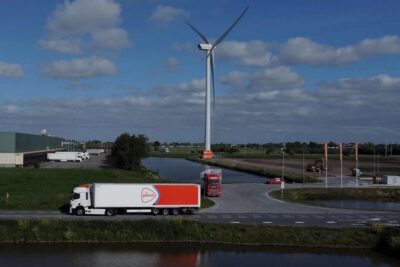Biden announces tougher emissions standards
With the inauguration of Joe Biden, the USA is also facing a new chapter in transport policy. This not only pertains to the exhaust regulations changed by the Trump administration, but also various subsidies for electric mobility.
During the election campaign, Biden had already announced that he would invest two trillion dollars in climate protection in the first four years if he won the election. Among other things, the Democratic presidential candidate envisaged a scrappage programme to encourage people to switch to electric cars, a subsidy programme to build 500,000 charging stations and subsidies for the car industry if they switch their production to electric cars.
One of Biden’s first decisions after his inauguration was to roll back the fuel efficiency standards, which were only softened by the Trump administration in March 2020. By executive order, he instructed the relevant agencies to revise the fuel efficiency standards as well as the emissions rules for aircraft and the energy efficiency standards for appliances and buildings. The exact target values, however, have yet to be announced.
Fuel standards are an important issue in the USA. In 2012, under Barack Obama, the US had adopted a fleet target of 4.32 litres, which carmakers would probably only have achieved with high electric and hybrid shares. Instead of a five per cent efficiency increase per year from 2021 to 2026, the Trump administration stipulated only 1.5 per cent. Instead of the equivalent of 4.32 litres, this would correspond to a consumption of 5.88 litres per 100 kilometres.
With the Trump regulation, about two billion additional barrels of oil would have been consumed, which would have corresponded to CO2 emissions of at least 867 million tonnes over the lifetime of the vehicles.
First carmakers have called on the new government to use the voluntary California agreement as a framework for a national standard. This agreement provides for an increase in fuel efficiency of 3.7 per cent per year, which is between the targets of the Trump and Obama regulations.
In addition, Biden wants Trump’s 2019 decision regarding California to be reversed. In that year, the then US president had revoked California’s right to set its own emissions standards. Many carmakers had been looking to California’s stricter regulations to be able to sell their vehicles across the country without modification. Had California been able to continue to impose stricter regulations, Trump’s fuel efficiency rule would likely have been ineffective.
Trump’s push had divided the auto industry at the time, not because of the softened standards, but due to the Californian deviation. A group of automakers, including GM, Toyota, Nissan and FCA, joined the Trump camp in lawsuits to fight for nationwide regulations. But the alliance was visibly crumbling.
No concrete decisions have yet been made regarding the electric car subsidy, presumably again by tax credit, the subsidies for production and the subsidy programme for the expansion of the charging network. Tesla and General Motors in particular could benefit from a change in the tax credit subsidy – both carmakers have sold so many e-cars in the meantime that this form of subsidy has already expired for them.
On his campaign website, Biden called for, among other things, a $300 billion investment in research and development related to “electric vehicle technology to lightweight materials, to 5G and artificial intelligence — to unleash high-quality job creation in high-value manufacturing and technology”. Specifically, five billion dollars should be invested in battery and energy storage to be able to “boost the range and slash the price of electric cars”.





0 Comments